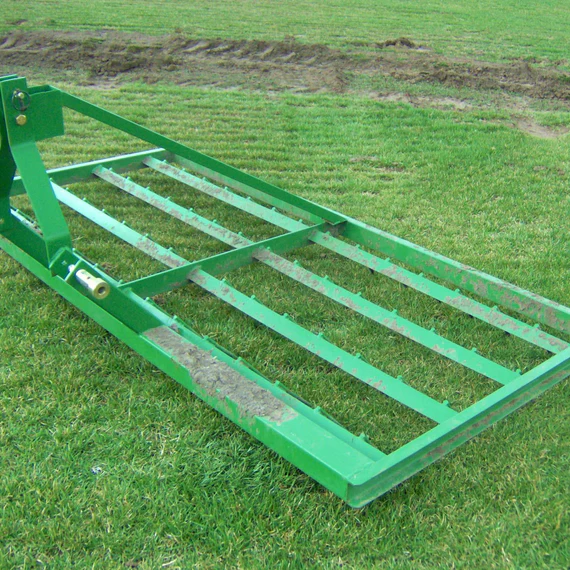What is Soil Leveling and its Importance?
In the realm of agriculture, one often overlooked yet crucial aspect is soil leveling. This fundamental practice plays a pivotal role in ensuring optimal crop growth, water distribution, and overall farm productivity. In this blog, we delve into the significance of soil leveling, explore various methods and equipment, and provide practical tips for farmers to implement effective soil leveling techniques.
What is Soil Leveling?
Benefits of Soil Leveling:
Improved Crop Yields: A level field allows for even distribution of water, nutrients, and sunlight to all plants. This leads to better plant growth and ultimately, higher crop yields. Uneven fields can lead to water pooling in some areas and drought in others, which can significantly stunt plant growth.
Reduced Water Waste: With a level field, irrigation water can be distributed more efficiently, reducing waste and runoff. This is especially important in areas with limited water resources.
Enhanced Soil Conservation: Leveling can help prevent soil erosion by reducing the flow of water across the land. Uncontrolled water flow can carry away valuable topsoil, harming the long-term health of the soil.
More Efficient Farming Practices: Level fields allow for easier and faster operation of farm machinery, such as tractors, planters, and harvesters. This translates to reduced labor costs and increased operational efficiency.
Improved Weed Control: Leveling can help reduce weed problems. Uneven fields can create pockets where water collects, which can encourage weed growth. Additionally, even water distribution allows for better application of herbicides, making them more effective.
Uniform Crop Maturity: A level field promotes uniform crop maturity, making harvesting easier and more efficient. Uneven fields can lead to some crops maturing faster than others, complicating the harvest process.
Better Seed Establishment: Leveling creates a smooth, even surface for planting seeds. This ensures good seed-to-soil contact, which is essential for proper germination and seedling growth.
Equipment for Soil Leveling:
1. Laser and Land leveler: A Laser and land leveler is a specialized piece of equipment that is used for leveling large, flat areas of land. It has a long blade that is dragged across the surface of the soil to smooth it out.
2. Skid steer loader with land leveler attachment: A skid steer loader is a small, maneuverable machine that can be used with a variety of attachments, including a land leveler attachment. This is a good option for leveling uneven ground or filling in holes.
3. Tractor with a scraper blade: A tractor with a scraper blade is a more powerful option that can be used for leveling larger areas of land. The scraper blade cuts into the soil and moves it to another location.
4. Harrow: Harrows are implements used for breaking up clumps of soil, leveling the soil surface, and controlling weeds. They come in various types, such as spike tooth harrows, disc harrows, and chain harrows. Spike tooth harrows are good for breaking up clods and smoothing the soil surface, while disc harrows are more aggressive and can also be used to cut up weeds and residue. Chain harrows are lightweight harrows that are good for leveling and smoothing the soil surface.
5. Motor grader: A motor grader is a large, self-propelled machine that is used for leveling and grading large areas of land. It has a long blade that can be adjusted to different angles to create a smooth, even surface.
6. Bulldozer: A bulldozer is the most powerful option for leveling large areas of land. It has a large blade that can be used to push, scrape, and pile up soil.
When choosing equipment for soil leveling, it's important to consider the size and scope of your project, the type of soil you're working with, and your budget. You may also want to rent equipment instead of buying it, especially if you only need it for a short period of time.








Comments
Post a Comment